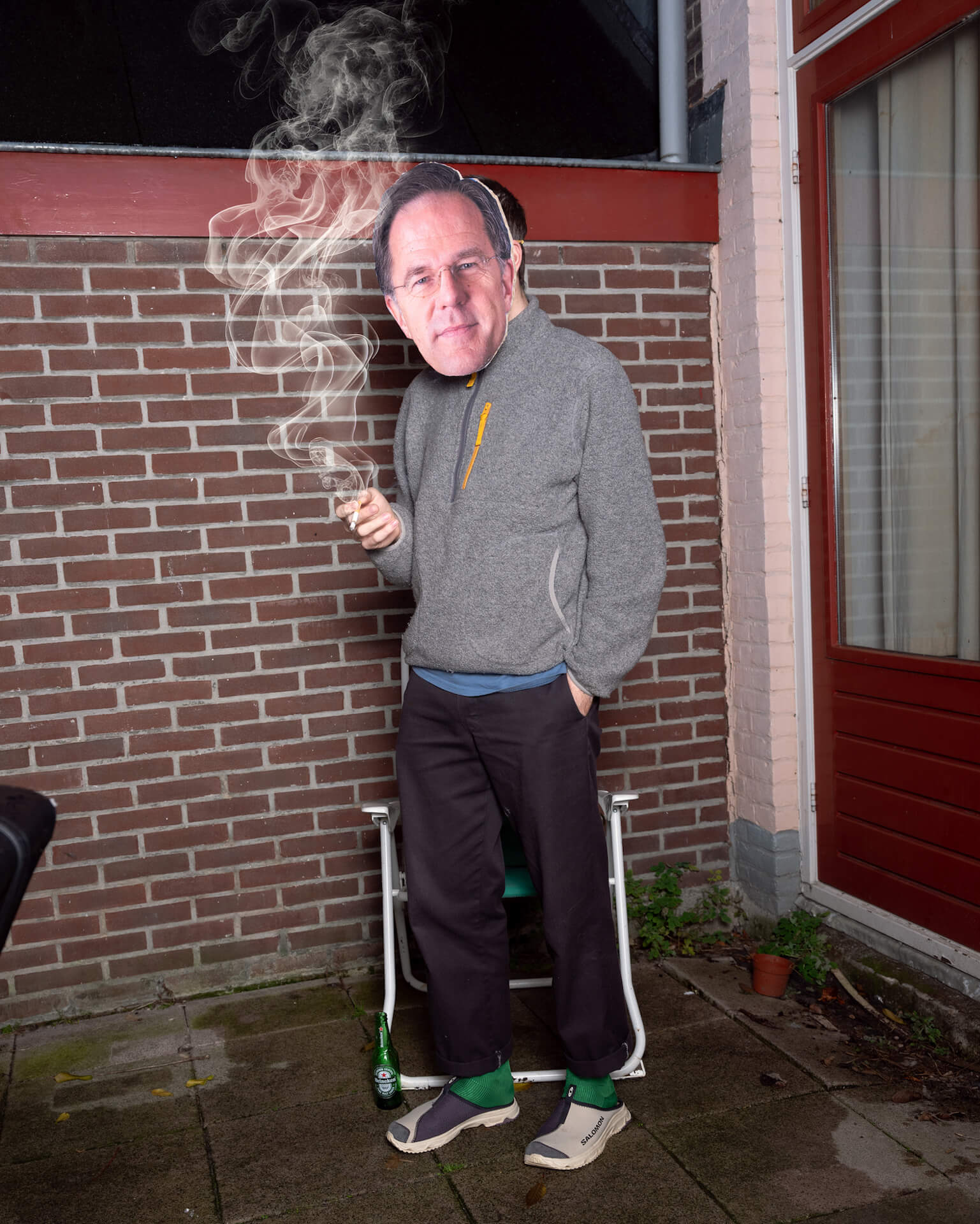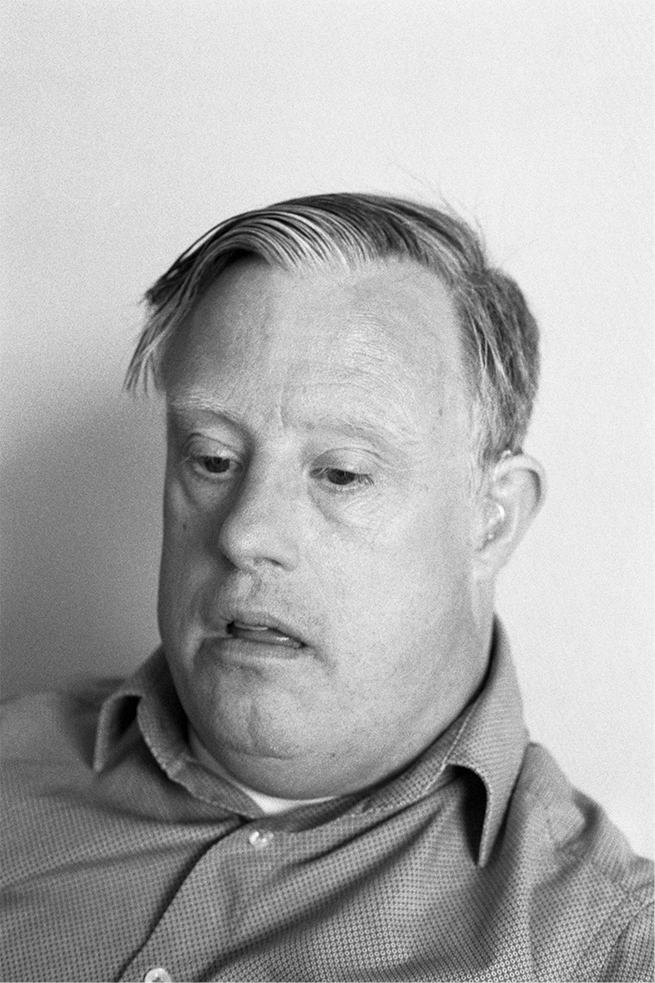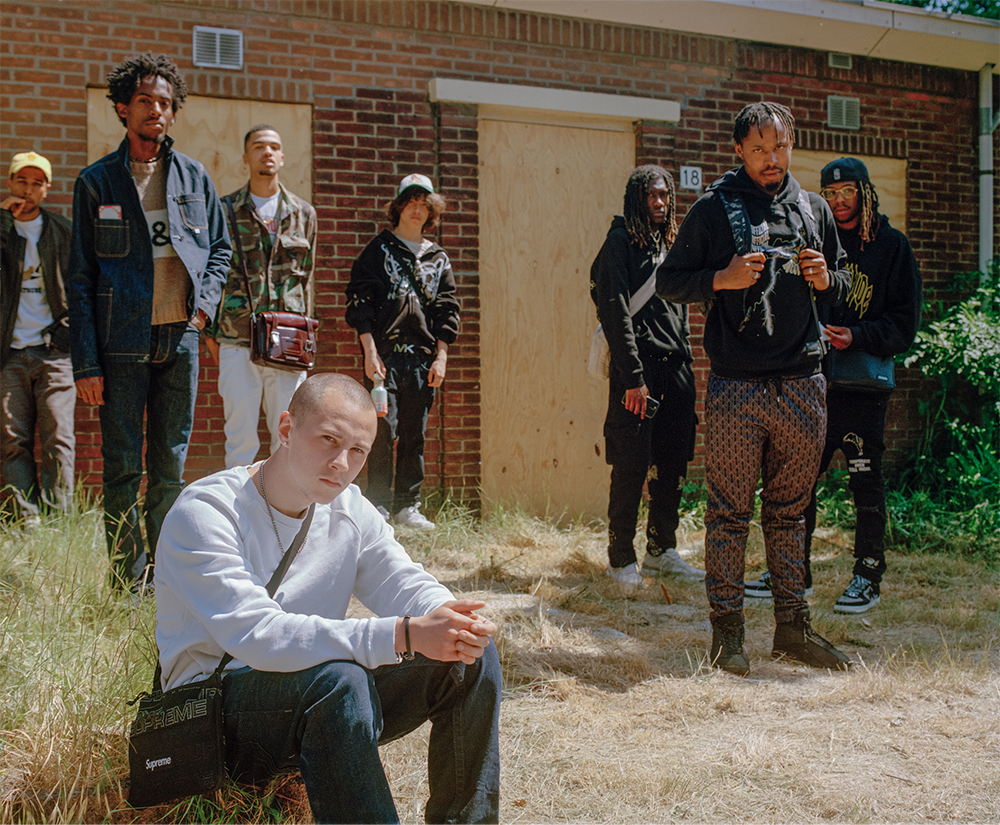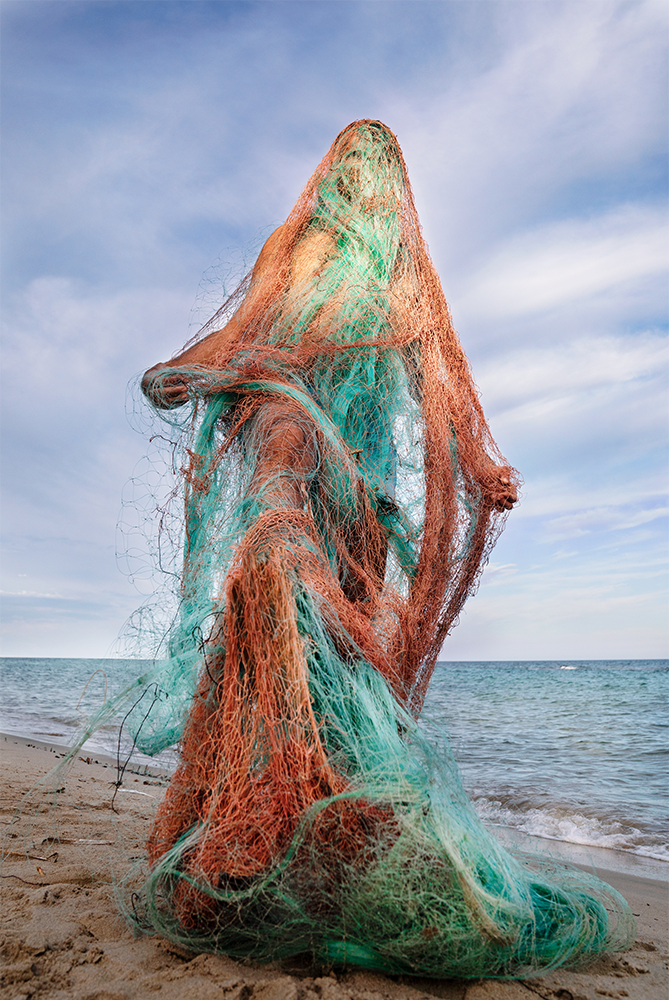This edition of Fotokroniek is dedicated entirely to the Selection Of Dutch Photography Award, also known as the SO ’24 Award. This photography competition delves into the creative identity of professional photographers and is organised by DuPho, the professional association for photographers in the Netherlands. Through this competition, DuPho aims to spotlight the diverse photography landscape in the Netherlands. Each year, a jury comprising experts from various aspects of the field selects twenty professional photographers, including four students. This episode of Fotokroniek focuses on these students, who are almost all graduated. What motivates them, and what are their aspirations and ambitions within the realm of photography?
The work of the SO Selection can be seen until May 14th at Capital C, located at Weesperplein in Amsterdam.
About the photographers
Sean Charlton White – Welkom in Nederland
Jury: “This work is investigative and conceptual. It is a critique of the Netherlands, our traditions, and how we perceive society. At the same time, the outsider’s perspective offers plenty of humor and clarity. The work is effectively ‘on the nose’ in a good way.”
Sean: I left my beloved Swiss hills and mountains nearly four years ago, to come live in the flat country that is the Netherlands. After having roamed the country at lengths, I find myself split between wonder, amusement and disbelief, more confused than ever, not knowing what is constructed, natural, real or simulated.
The project Welkom in Nederland is a semi-fictional satirical documentary about the Dutch neoliberal utopia. By creating an alternative record of the Netherlands through, sometimes manipulated photographies, archives and documents, the project reveals and questions the absurdities of Dutch society through its relationship to its environment while reflecting on my own position within this place through self-portraits. In my search for understanding, as I focus on the mundane absurdities I have come across, I underline how constructed nature and mass media entangle with each other to create what we call reality. The resulting images carefully reference the country’s cultural heritage and (Dutch) photography history while also twisting them to add new meanings. Forcing viewers to question and challenge not only the value of images as documents but also his own view of what normalcy is and can be.

© Sean Charlton White
Caroline Kist – Dat jij er bent
Jury: “Caroline allows us to see through the eyes of her brother. We don’t pay attention to the details we normally notice. There is a lot of love in the series. And it sheds light on the fact that there are different ways to exist in this world. It invites us to no longer desire more, to let what is be enough. This series prompts us to reflect on ourselves.”
Caroline: My brother is a beacon. Reinoud has Down syndrome. When he was five years old, I merged into his life, a world where things are different, where the wisdom of the body is not lost, and the mind is not constricted by reason. His world is magnetic; it pulls and feels familiar. There, things can take on different forms. The small becomes grand, and what we consider grand becomes small. In his world, everything is still so rooted and pure. He holds no judgment, no desire for more; he is unaffected by the compulsion of efficiency. Sadness and happiness can flow into each other in the same moment, and his existence is natural.
I observe his world; I immerse myself in his world. In reality and in imagination. And the camera watches along. Up close and from afar.
Dat jij er bent touches upon the space between distance and closeness. My visual world consists of verticals and horizontals. The horizontal represents the factual and tangible. The vertical represents imagination, the looking and thinking that is magical. Somewhere in every image, those two lines intersect, in a fluid moment.

© Caroline Kist
Tyler Chan
Jury: “The (mis)placement one can experience in a location prompts us to look at identity. Here, you see different communities. Tyler feels at home everywhere and portrays his own life by taking photos in all these places. His portfolio questions how you belong to communities when you belong to multiple places and what that connection looks like.”
Tyler: I want to preserve the cultural heritage and evolving traditions of suburban teen life. By sharing personal stories, I hope to foster a deeper understanding and empathy for the experiences of the youth around us. Incorporating elements from the international rap scene, I strive to challenge stereotypes, empower communities, and celebrate our pride in heritage. This aspect not only adds depth to the narrative but also reflects my own journey across cultures. Through this series, I invite viewers to reflect on the interconnectedness of our world and the shared experiences of growing up within it.

© Tyler Chan
Sabrina Charehbili – El Último Islote
Jury: ‘This varied series with a strong sense of color redefines a problem into something beautiful. It challenges reality. In a refreshing way, Sabrina approaches the material plastic. Both the style, the light, and the approach to the subject feel fresh.’
Sabrina: Plastic is an indispensable part of our lives. We are familiar with the negative effects of plastic. Often, there is talk of the plastic soup in the oceans, which is difficult to combat. Plastic is hardly biodegradable and causes significant damage to the environment. We use it because there are also positive aspects to it. Such as in the packaging of food. We are also increasingly not allowing plastic to ‘litter’ the environment, but collecting it for recycling.
For me, plastic is a material that I transform into a new reality where organic and inorganic elements come together. After transformation, plastic becomes an image and naturally integrates into my world. By playing with light and movement, I seek dynamism and abstraction. It’s not the burden of plastic that is central, but a different hopeful perspective: the beginning of something new.

© Sabrina Charehbili












